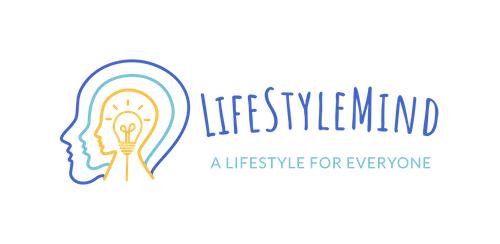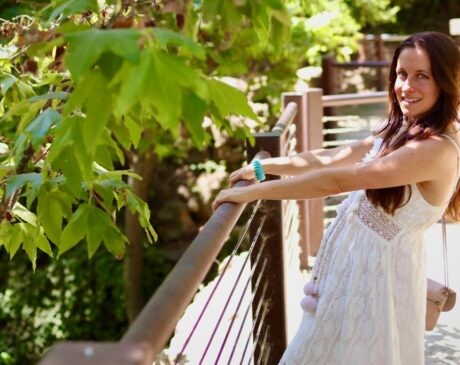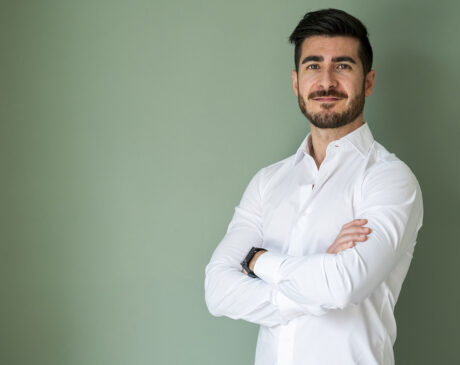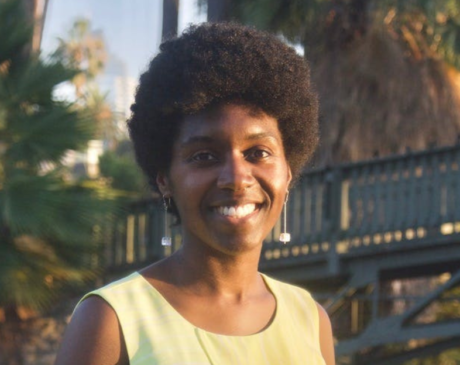Why the Raw Food Lifestyle Changed Kotomi’s Life—and Could Change Yours Too
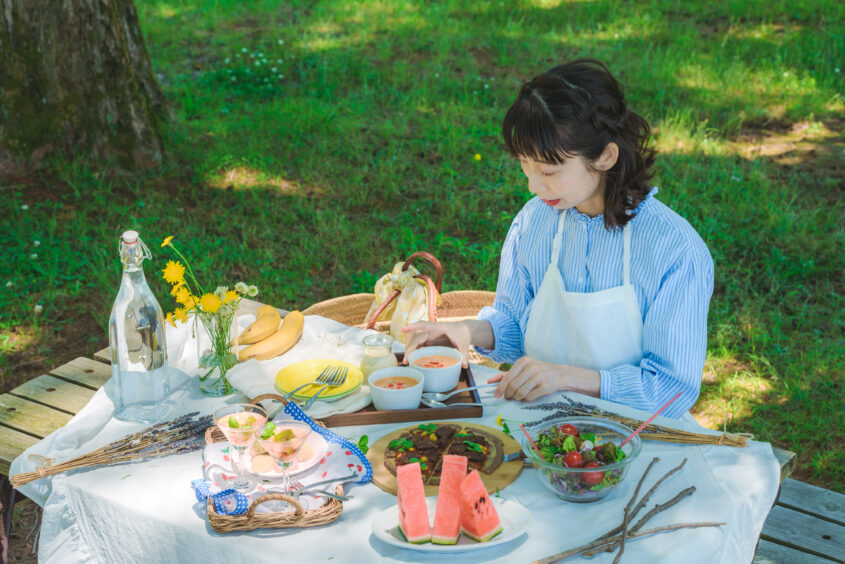
What if cooking wasn’t necessary to feel deeply nourished—body, mind, and soul?
When Kotomi began her journey into raw food lifestyle, it wasn’t out of trend, but out of necessity. Struggling with chronic fatigue and low energy after marriage, she turned to natural nutrition as a last resort—and discovered an entirely new way of living.
From her first experiments in the kitchen to the creation of over 1,500 raw recipes, Kotomi transformed her personal healing into a lifestyle—and then into a movement.
Through Rawfood Buddha, she now shares not only her vibrant plant-based dishes but also the deeper joy of reconnecting with yourself through mindful nourishment.
In this intimate conversation, Kotomi opens up about the roots of her passion, the connection between her background as an occupational therapist and her food philo\sophy, and the magic of blending Japanese tradition with raw innovation.
She also shares practical advice for beginners and unforgettable moments from her classes that prove raw food lifestyle can surprise even the most skeptical taste buds.
Whether you’re a wellness enthusiast or simply raw-curious, this interview will make you see food—and healing—in a whole new light.
Ready to dive in? Let Kotomi guide you.
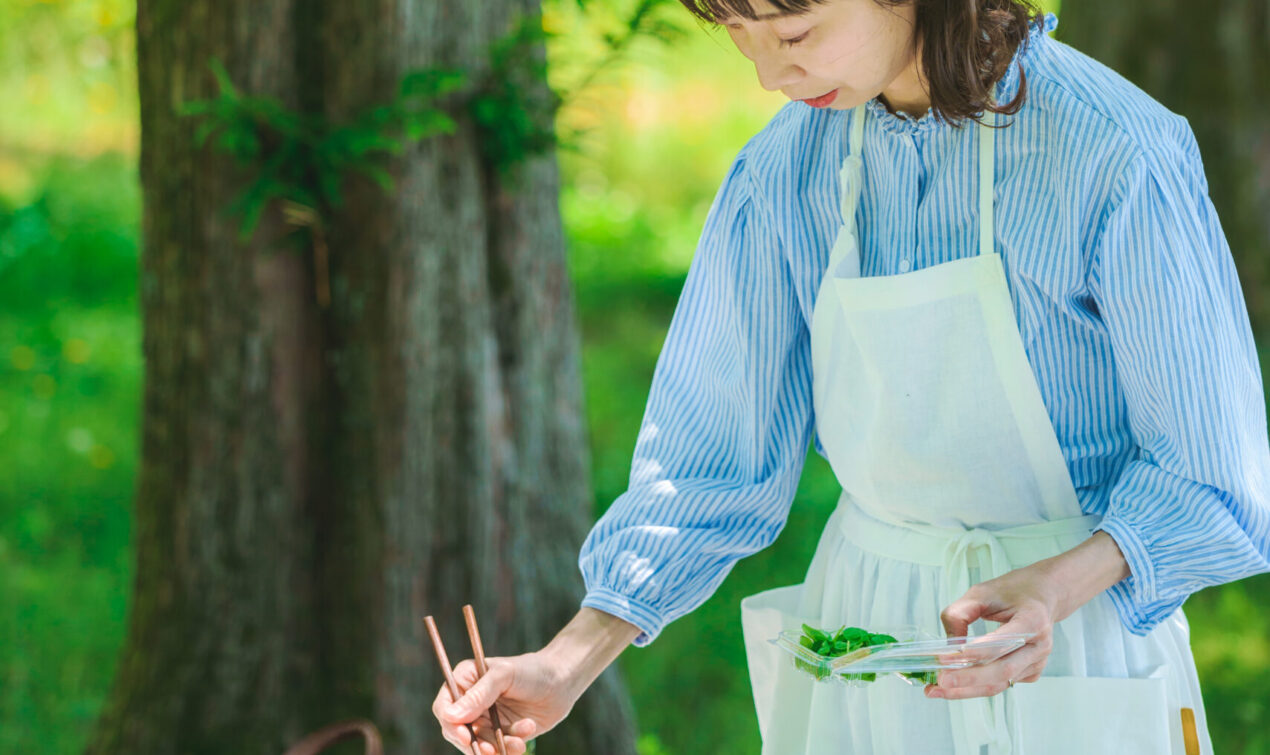
Raw Food Interview with Kotomi
1) Could you share your background and what led you to become a raw food creator?
I was first introduced to raw food in 2013, during a period of poor health. Shortly after getting married, I began struggling with chronic fatigue, insomnia, and low energy. Despite multiple hospital visits, my condition didn’t improve. After receiving a specific diagnosis, I decided to reevaluate my diet.
While reading a book related to my condition, I came across the concept of “enzyme nutrition,” which led me to raw food. I wanted to improve my gut health and boost my metabolism, so I began incorporating raw foods into my lifestyle, drawing mainly from overseas sources for information and recipes.
What struck me first was how light I felt after eating—the freshness of the meals and the pure, vibrant flavors of the ingredients. Even though I wasn’t a vegetarian, I never felt unsatisfied—my body and mind both felt deeply nourished.
Having just gotten married, I also wanted to share this lifestyle with my husband. I began wondering if I could recreate familiar dishes using raw food techniques. Since there were few recipes available, I started developing my own through trial and error, gradually incorporating them into our daily meals and refining them over time.
Before I knew it, I had created over 1,500 recipes, ranging from sweets to savory dishes. What began as a way to support my health turned into a creative passion and a central part of my life. Raw food, with its endless possibilities and lack of rigid rules, continues to bring me joy. Creating recipes is truly when my soul feels most alive.
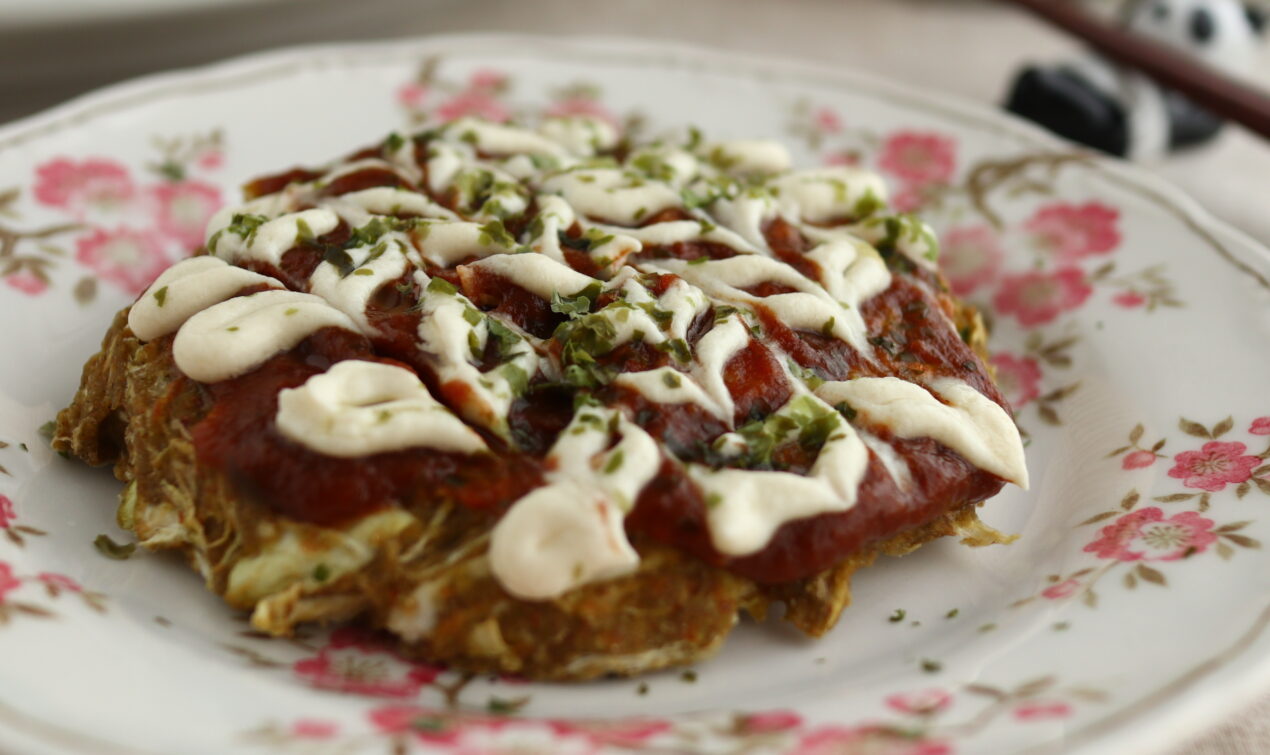
2) How did your personal health journey influence your transition to a raw food lifestyle?
Since childhood, I’ve had a small appetite. I would feel heavy after eating fried foods and always preferred fish over meat. I’ve always loved fruits and vegetables and have fond memories of eating fresh produce from my grandfather’s garden. Although I wasn’t consciously trying to eat healthily, I was naturally drawn to foods that felt gentle on my body. I also enjoyed making homemade sweets that were comforting to eat.
Even before discovering raw food, I may have been instinctively choosing foods that suited me. I didn’t often cook elaborate meals, but home-cooked dishes were the norm, and I frequently centered them around vegetables. I briefly experimented with macrobiotics before discovering raw food, but I never experienced the same feeling of alignment, so I didn’t pursue it deeply. That experience actually made me even more receptive to the unique appeal of raw food when I eventually found it.
3) What inspired you to establish Rawfood Buddha, and what message do you aim to convey through your platform?
When I began exploring raw food to address my chronic health condition, I started sharing my creations on Instagram. At the time, raw food was still relatively unknown in Japan, and I honestly didn’t expect much interest in meals made solely from vegetables, without any cooking. But to my surprise, many people were curious and excited—and that made me incredibly happy.
Gradually, I began receiving messages like, “How do you make this?” “What does it taste like?” “I’d love to try it!” That growing interest inspired me to start a small raw food class at my home. My husband encouraged me by saying, “There are definitely people out there trying to improve their diet just like you—why not offer a class to help them?” His support gave me the confidence to move forward.
I understand that many people wonder, “Can raw food really taste good if it’s not cooked?” But once they try it, they often find it’s a surprisingly enjoyable and refreshing experience.
Through my platform, I want to share the joy of preparing raw food, the delicious flavors, the richness of nutrients in whole, unheated ingredients, and the value of choosing meals that remain uncooked. Ultimately, I hope to walk alongside others in building a life where we can enjoy what we love—in a healthy, vibrant body.
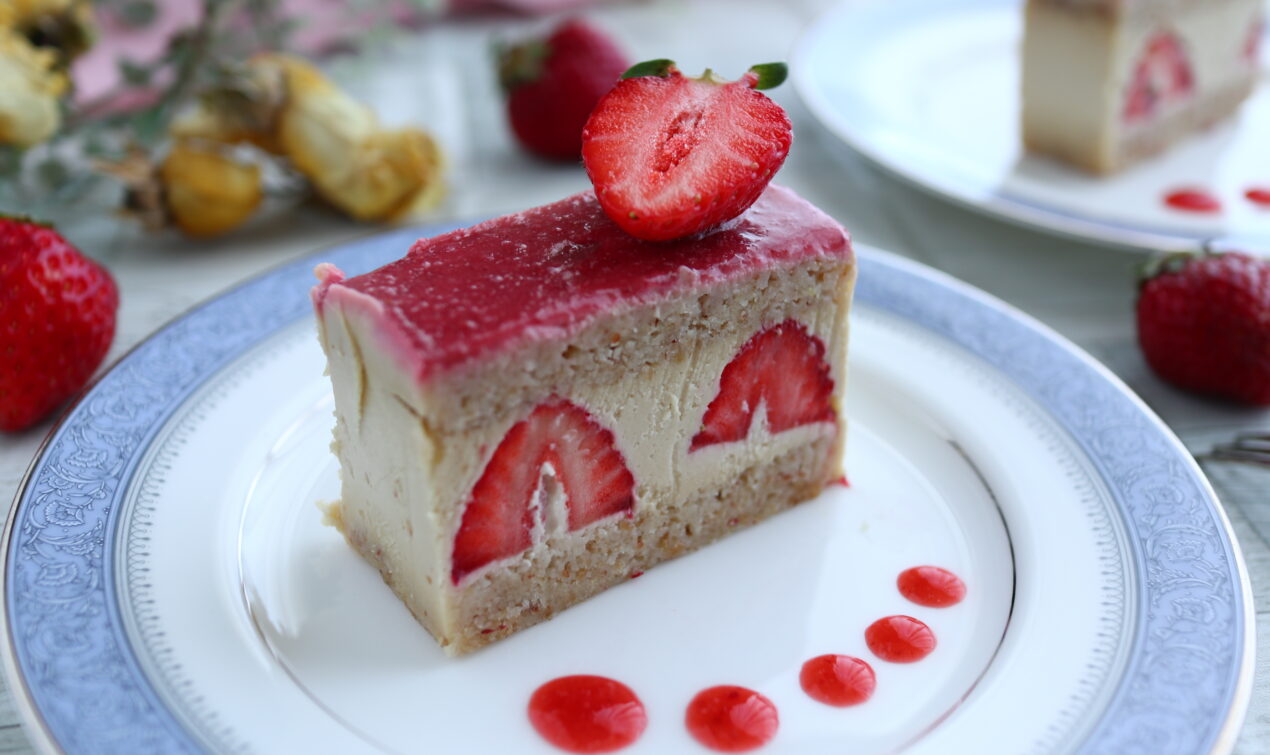
4) As an occupational therapist, how do you integrate your professional knowledge into your approach to raw food and overall well-being?
As an occupational therapist, I worked closely with individuals living with illness, injury, or disability. My role focused on helping them improve their quality of life while navigating these conditions.
I truly loved the work—collaborating not only with individuals but also with their families, their living environment, and community resources made it incredibly rewarding.
Over time, I started to wonder:
What if more people had the opportunity to reflect on their lifestyle, exercise, and eating habits before getting sick?
How much richer their lives could be if they had the tools to care for themselves early on?
I had to step away from occupational therapy due to my own health issues. It was during that time that I discovered raw food. This way of eating didn’t just support my physical recovery—it helped me reconnect with joy and gave me a new passion that nurtured both my body and mind.
My background in occupational therapy—my understanding of anatomy, physiology, mental well-being, group dynamics, and human connection—continues to influence my current work in powerful ways.
Raw food Lifestyle isn’t just about nutrition; preparing it can be a deeply mindful and therapeutic experience. The joy, focus, and presence you feel while making raw meals can serve as the best kind of natural medicine.
Food has the power to nourish not only those who eat it but also those who participate in its creation. I truly believe raw food, with its pure and gentle essence, can bring healing and a deep sense of well-being to people of all ages and backgrounds.
5) Can you tell us about the raw food classes and seminars you offer, and how they contribute to fostering health and creativity?
In the past, I hosted small one-time lessons at my home a few times a month. Participants would follow a set of recipes to create several dishes together. Each session welcomed people with varying levels of experience and knowledge, so I always aimed to make the lessons accessible—especially for beginners.
After taking a break during the COVID-19 pandemic, I decided to resume teaching with a new approach. I’m now launching a structured course focused specifically on raw food, particularly raw sweets. The course is scheduled to launch in 2025 and is currently designed for a Japanese audience.
Unlike the stand-alone lessons of the past, this course integrates theory and hands-on practice in a more systematic way. One unique feature is that it’s based on a method I developed while creating over 1,500 raw food and raw sweets recipes—mostly self-taught. Along the way, I realized there are key principles behind successful raw sweets, and I created a framework that allows others to use these principles to craft their own original recipes.
The joy of raw sweets doesn’t just come from following instructions—it comes from personal creativity, working with local and seasonal ingredients, and making something uniquely your own. Whether for your own enjoyment or as a heartfelt gift, these healthy, guilt-free treats can bring light to everyday life. I hope this course allows people to experience both the nourishment and the creative freedom that raw food lifestyle offers.
6) How do you incorporate traditional Japanese ingredients into your raw food recipes, and what role does local culture play in your culinary creations?
Japan has a rich tradition of fermented foods, and I often include them in my raw food recipes. Ingredients like miso, salted rice malt (shio-koji), and natto are regular additions. What I love about fermented foods is how they enhance the natural umami and depth of the ingredients, while also supporting gut health and energizing both body and mind. When combined with raw food, fermentation allows us to enjoy these benefits while preserving the natural enzymes and nutrients of uncooked ingredients.
I also enjoy creating raw versions of traditional Japanese dishes. While I love experimenting with international recipes in raw format, my husband always appreciates when I add a Japanese touch. For instance, I’ve made raw versions of dishes like okonomiyaki (savory pancake) and tsukune (Japanese chicken meatballs). There’s no single “correct” way to do it—I simply let creativity guide me.
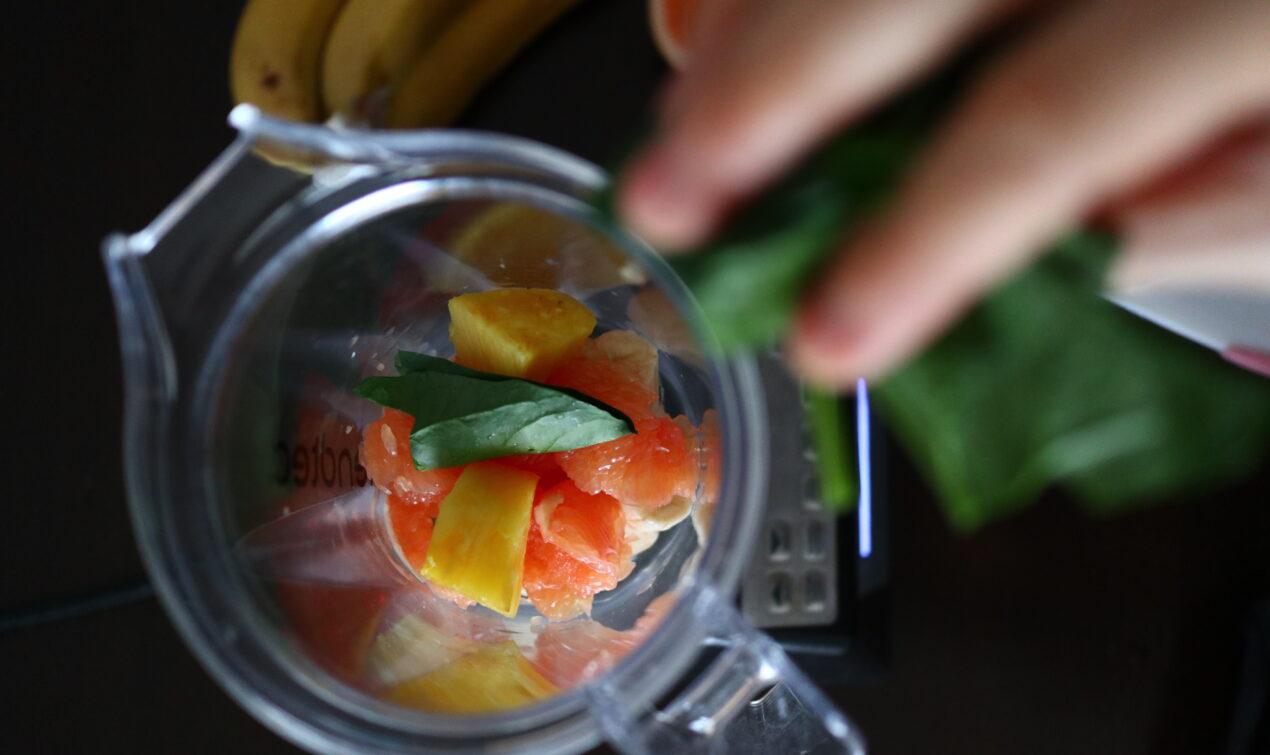
7) Could you share a memorable experience or feedback from someone who attended your classes or seminars?
Although my official course is just about to launch, I’ve hosted many home-based lessons where participants prepared and tasted dishes together. What stood out most were their genuine, joyful reactions—many of them were trying raw food for the first time, and they’d say things like, “This is incredible!”, “So delicious!”, and “I can’t believe this isn’t baked!” Their excitement brought me so much joy.
One particularly memorable moment was when a woman in her 70s tried a Japanese-style raw okonomiyaki. After one bite, she exclaimed, “Wow, this is so good!”—and finished it in no time. It was a beautiful reminder that the appeal of raw food lifestyle transcends age and taste preferences.
I’ve also held many raw chocolate workshops, and I often hear from participants that they continue making the recipes at home. Many have told me their families love the treats too, which is incredibly rewarding. Knowing that my recipes have become part of someone’s daily life is one of the greatest joys of my work.
8) What advice would you give to individuals interested in exploring a raw food lifestyle but unsure where to start?
Raw food Lifestyle refers to consuming ingredients in their natural state—or more specifically, preparing them at temperatures below 48°C (118°F). If you’re looking for a manageable way to start and improve your health, I recommend gradually incorporating raw elements into your meals.
For example, try adding salads, smoothies, or raw side dishes that don’t require cooking. You can keep your main family meals the same and simply include a hearty salad or smoothie when eating alone. That way, you don’t need to adjust the entire family’s meals.
If you’re curious about raw sweets, bliss balls are a great place to begin. Made with dates and a few types of raw nuts, they’re simple, portable, satisfying, and perfect for busy days.
Also, if you plan to explore raw food further, investing in a quality blender is highly recommended. It’s an essential tool for making smoothies and raw desserts—and it will make your journey much smoother and more enjoyable.
Thank You, Kotomi!
We sincerely thank Kotomi for taking the time to share her story, insights, and the passion that fuels Rawfood Buddha. Her journey is a powerful reminder that healing and creativity can go hand in hand—and that even the simplest ingredients can lead to profound transformation.
If you’re curious to learn more, explore her recipes, or join one of her upcoming raw food courses, be sure to follow her work through the links below:
🌱 Online shop & course platform:
rawfood-buddha-en.stores.jp
📸 Instagram (for daily inspiration):
@rawfood_buddha
Don’t miss the chance to discover a whole new world of taste, wellness, and mindful cooking!
